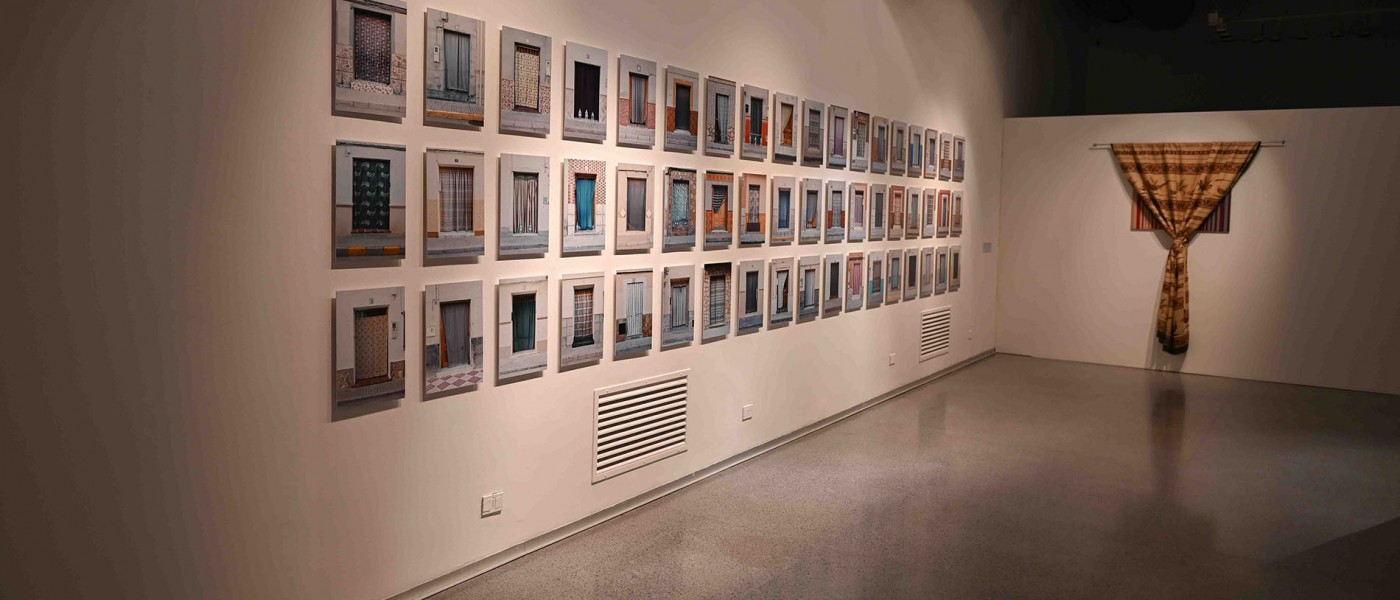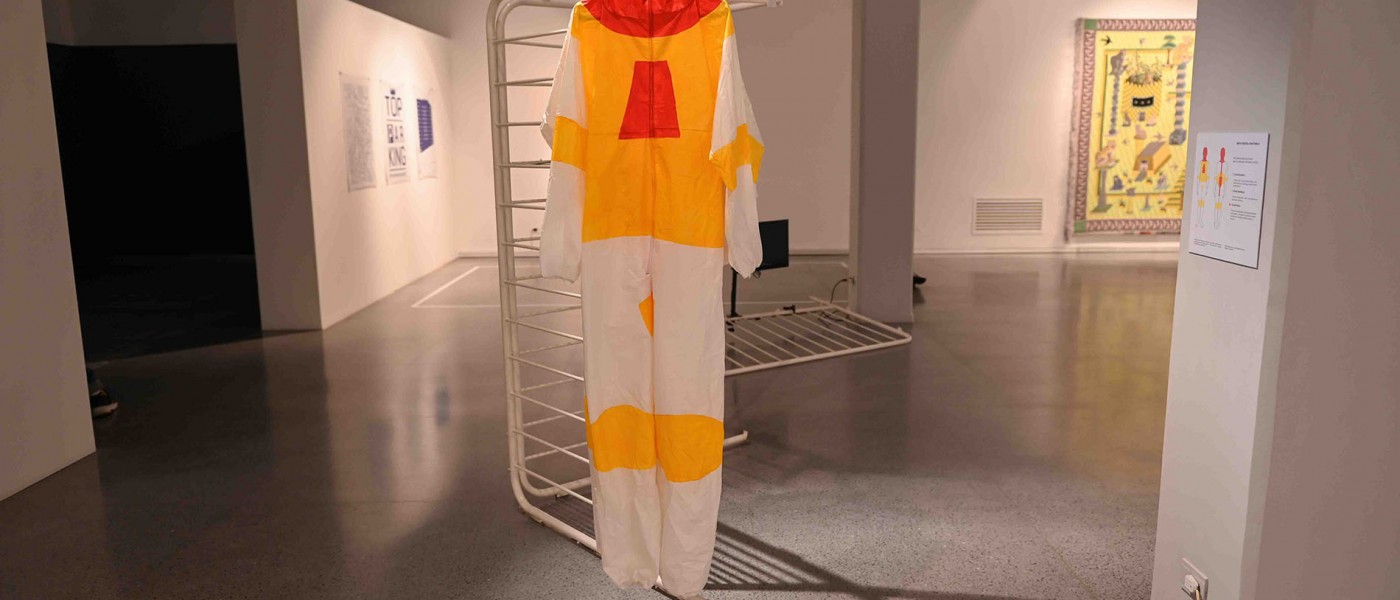Opening November 13th 3pm Visits: Monday to Friday from 11 am to 7 pm, Saturday from 11 am to 5pm.
The exhibition Urban Camouflages brings together most of the works included in the curatorial axis Ways of Living of this third edition of BIENALSUR. Born out of the proposals received in the open call of 2020, this axis accounts for the urgency that artists from different backgrounds to think about and question our urban habits and to reveal how the devices of the cities we inhabit condition our subjectivities in a latent manner. A reflection on the concept of "camouflage" as a resource of evolutionary adaptation enables a description of the practices of the artists who present their works at the CCE; works that put forward the need to deal with the mechanisms that regulate the spaces in which we live and find a way to coexist with them in both an imaginative and disruptive way.
In Medina Parkour Jordi Colomer proposes a high altitude city, where the boundaries of private property are ignored by a path that imitates that of cats or teenagers, disrespectful of urban conventions. Other devices for regulating movement, such as security fences, provide platforms for the videos by Valentina Cardellino, who highlights the disciplinary tactics used by the police in different cities. For John Bedoya, on the other hand, the sturdiness of the walls represents the shelter and protection longed for in a country like Colombia, afflicted by the problem of population displacement. In line with these reflections on the private and the public, Javier Rodríguez Lozano presents a series of photographs that document the common practice in the village of La Mancha (Spain) where the doors of houses are protected from the sun with curtains that feature regional identity marks and stereotypes. Once again, the artist focuses his gaze on the edge, the boundary between inside and outside, both of which conceal and the same time reveal layers of intimacy.
The works by Gianfranco Foschino and Danilo Milovanovic focus on the means of transport and the universe that surrounds them. Through a video divided into four channels, the Chilean artist reconstructs the vision produced sequentially from a moving train, while Milovanovic presents the documentation of a performative intervention in Ljubljana - the ex novo creation of a ghostly car park inaccessible to cars - as a critical analysis of the process of gentrification that is progressively affecting and altering the city. Finally, Koen Taselaar and Francisco Estarellas propose fantastic versions of non-existent architectures, thus paving the way for visionary and emancipating interpretations of urban space. Koen Taselaar revisits a drawing of the San Cataldo Cemetery by architect Aldo Rossi to produce a large-scale textile whose architectural fragments are inhabited by seraphic felines. An architect of the unreal, Francisco Estarellas presents a cyanotype populated by buildings that clump together, disdainful of gravity. At the same time, he transfers in scale model format the environments folded in on themselves that stem from the dreamlike imagery of Uruguayan writer Mario Levrero.
Benedetta Casini
Accompanies the presentation at BIENALSUR 2021 of Koen Taselaar (NLD, Mondriaan Fund .





